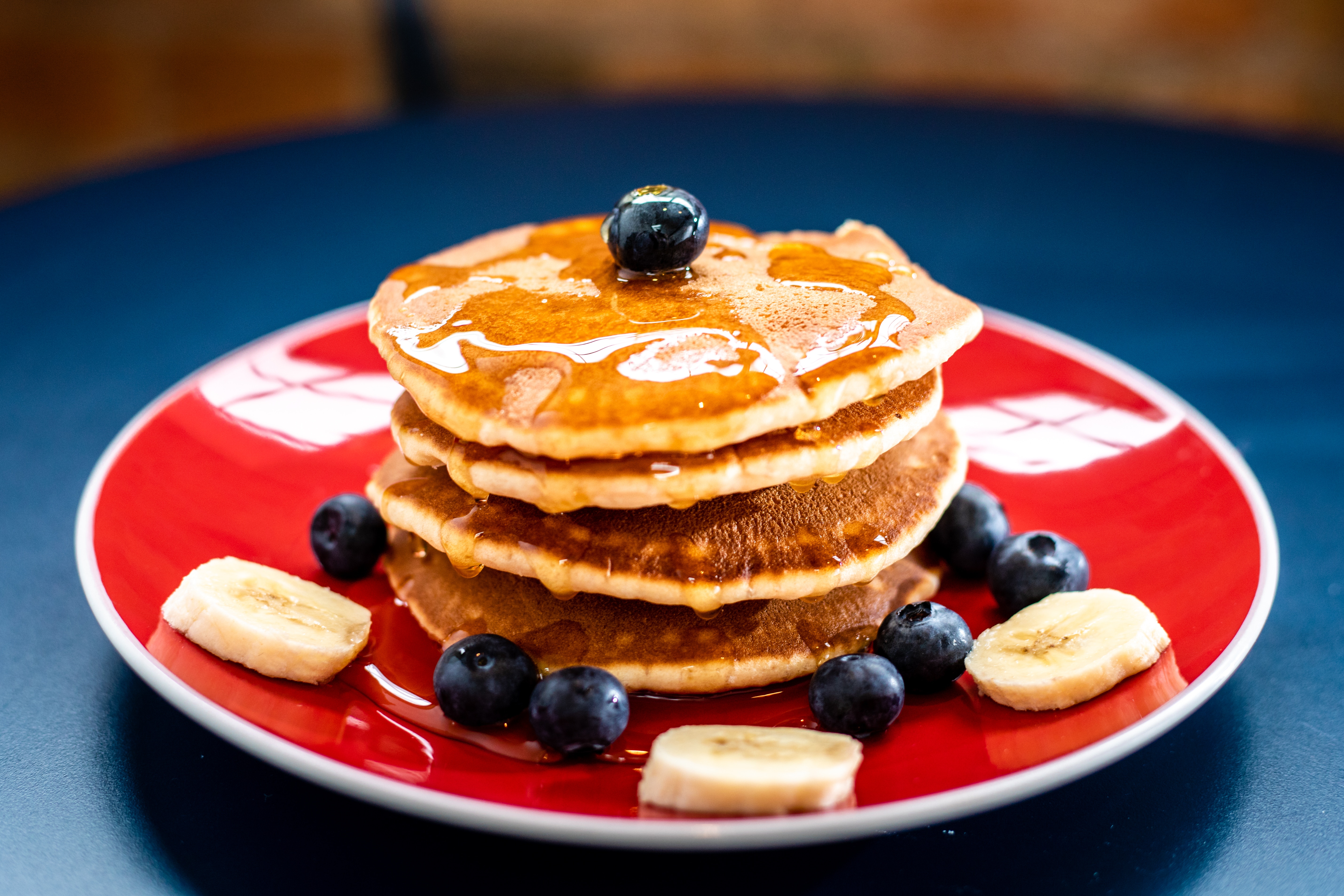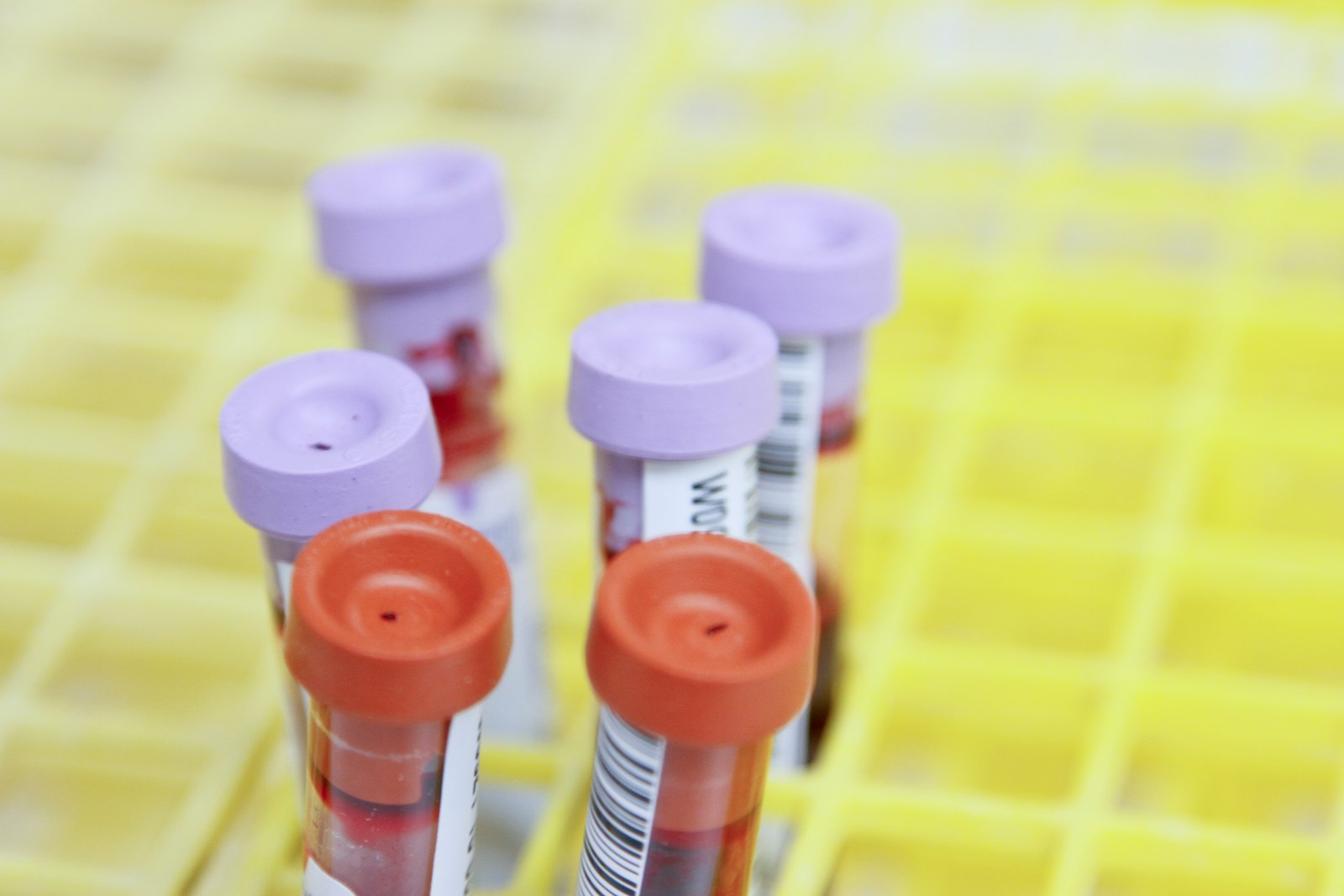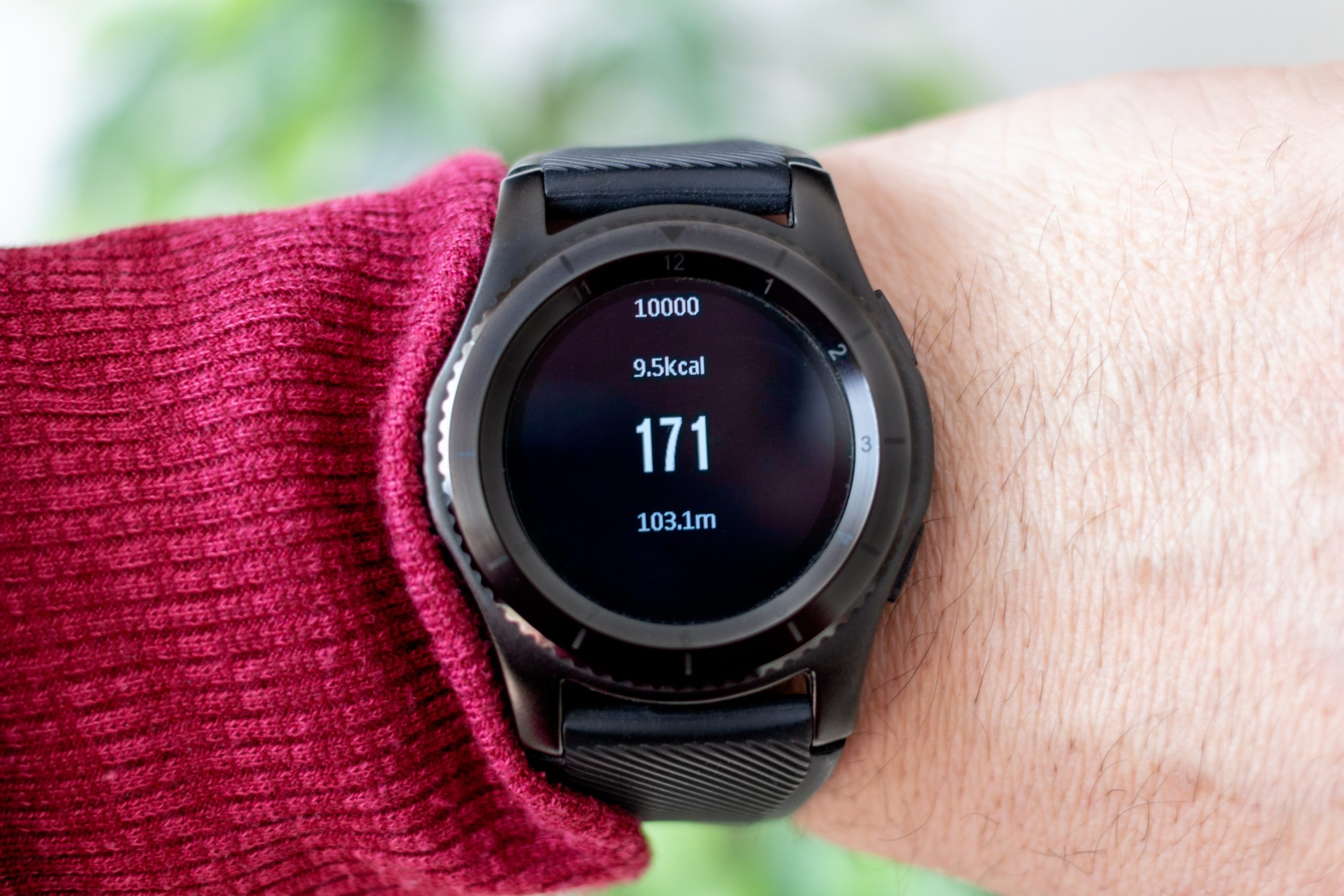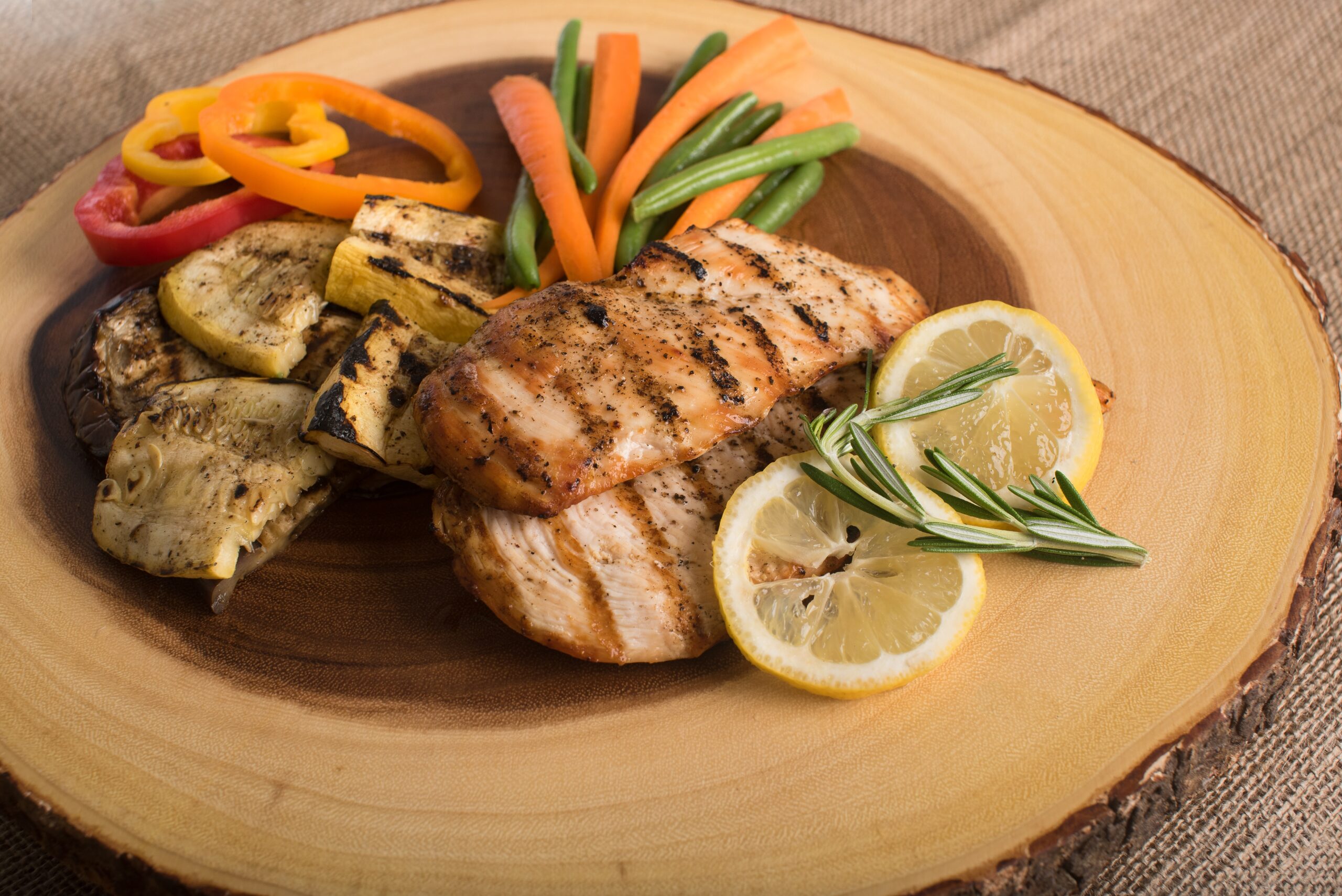Is Sugar Bad for You? The Role of Carbs in Your Diet

In the athletic world, regardless of talent or end goal, athletes and non-athletes alike can easily be swept up by the latest performance and body-composition enhancing diets with the hope of transforming into faster, leaner running machines. Fad diet trends are nothing new and have come full circle, from Atkins to Paleo, to Whole 30 to Keto (short for Ketogenic). All of these diets either eliminate a whole food group or have a starring villain, namely sugar.

Most recently, carbohydrates (carbs) are the bad guy. Carbs, especially sugar, are labeled the villain and come with a nasty reputation. You’ve likely heard the rumors, Carbs: are unhealthy; cause weight gain; reduce the body’s ability to burn fat; contribute to diabetes, insulin resistance, and cravings; cause energy crashes; and finally, negatively affect performance. Yikes! No wonder everyone is avoiding carbs like the plague. However, not all rumors you hear are true. Don’t be so vulnerable and misled.
Here’s the deal, so lean in…
Let’s take the popular keto diet or LCHF, a diet that drastically reduces carbs to <50g/day and was originally developed to help reduce seizures in children with uncontrolled epilepsy.
First, use some common sense. Eliminating or drastically reducing an essential macronutrient, namely carbs (in the absence of a specific health condition) should immediately raise red flags. Plus, ask yourself this question: is the keto diet sustainable for a lifetime, nutritionally sound and support my health and performance? If it sounds too good to be true, most likely it is.
The role of carbs
To put it simply, carbohydrates are essential for health and serve as the primary fuel for the body. Before you lace up your shoes, the body requires 120 grams of carbs (about 500 calories) per day to fuel the brain, support the central nervous system, and maintain red-blood -production and immune health.
During exercise, the body utilizes carbohydrates for energy in the form of glucose. This fuel assists in fat metabolism, delays fatigue, promotes recovery, and supports the central nervous system. In high-intensity exercise, carbs are responsible for converting fat to glucose quickly; fat is burned in a carbohydrate-fueled flame. The proverbial “wall” or “bonking” referred to by runners occurs when glycogen (long-chain glucose in the muscle) stores are depleted. In the absence of glycogen, no fuel is available to convert fat to usable fuel quickly.
You read that correctly: carbs help your body burn fat.
The body’s glycogen stores in the muscle and liver are limited. Fully stocked, we are fueled for approximately a two-hour effort at moderate intensity. Keep in mind, the higher the effort, the more carbs you use, and the faster you burn through glycogen stores.
What you eat day to day and the timing relative to exercise directly impacts how much glycogen you have stored in the tank.
Adequate carbohydrate intake that matches activity level can safeguard your glycogen storage, muscle tissue, support blood sugar levels during exercise, optimize recovery, and protect your immune system.
Daily carbohydrate recommendations
Some of the healthiest and fastest runners in the world consume a carbohydrate-rich diet. “Eating carbs is almost a universal practice among the world’s best endurance athletes,” said Matt Fitzgerald, dietitian, writer, and endurance runner. Fitzgerald explains the typical Kenyan diet is 78% carbs and they are dominating the world in distance running.
Still, the research and rumors on carbohydrates may, at a glance, conflict. However, by prioritizing wholesome, nutrient-dense carb sources in place of processed, refined, or nutrient-poor choices, you can experience great performance without sabotaging your health or body composition goals.
No, all carbs are not created equal. Complex carbohydrates break down into glucose a bit slower than simple sugars and provide vitamins, minerals, and fiber. Be choosy with your carb choices and strategically adjust carb consumption around exercise sessions and the most active parts of the day.For example, a morning runner should include carbs at breakfast and lunch but can taper off carbs at dinner and include more veggies and fruit. Exception: if it’s the night before a long, intense workout or race, don’t skimp on carbs at dinner.
Here are some diet recommendations for improving your carb intake:
Nutrient-dense carbohydrate choices:white/sweet potatoes, brown/wild rice, quinoa, oatmeal, winter squash, beans, peas, legumes, corn, fruit, root vegetables, to name a few.
Daily carb recommendations based on training volume/intensity
Low intensity <1 hr/day 3-5 g/kg/day*
Moderate intensity 1 hr/day 5-7 g/kg/day*
Moderate to high intensity 1-3 hr/day 6-8 g/kg/day*
High intensity 4-5+ hr/day 8-12 g/kg/day*
*Remember as training volume and intensity increase so does the need for carbohydrates
1lb-2.2kg
Carbohydrate portions based on training phase
Another way to manage appropriate carb intake based on training load is by the portion size on your plate.
- Off-season or lighter training days: 25% of your plate
- Intense peak-training days, race phase: 50% of your plate
Carbohydrate recommendations during activity
To maintain blood glucose levels and keep glycogen stores from hitting empty, supplementing with sports nutrition products is wise during long and/or intense training sessions.
- Low intensity 45-75 min.: No fueling is required*
- Moderate to high intensity up to 75 min.: Hydrate and fuel as needed
- Endurance/intermittent high-intensity up to 2.5hr: 30-60 g/hr
- Endurance/ultra-endurance >2.5 hours: 60-90 g/hr
*Water is recommended. Electrolytes may be necessary for extreme sweating. Low intensity include activities such as golf, yoga, and walking the dog around the neighborhood.
Prioritize your recovery
Post workout recovery fuel is designed to speed up the repair of damaged muscle tissue, replace glycogen/energy stores, and promote physical adaptation. Immediately following a training session, muscle cells are open, insulin sensitivity is elevated, and the body is primed to absorb simple sugar and protein. The faster you refill the tank, the faster the body gets the green light to lean up and burn body fat.
The optimal recovery window to jump-start the process is short, just 30 minutes!As time ticks, insulin sensitivity declines, and muscles take longer to absorb glucose from the bloodstream; therefore, glycogen storage is less than optimal. These hormonal reactions create a stressful environment for the body; hence, cortisol is released which promotes fat storage especially in the abdominal area.
By consuming a recovery snack within 30 minutes, you can extend your ability to effectively refill glycogen stores up to eight hours by snacking on carbs every couple of hours. If you skip a recovery snack, then two to two and a half hours post workout, your glycogen stores fall to <50%. This lack of glycogen stores doesn’t bode well for recovery, performing well in tomorrow’s training session, or for the tidal wave of cravings that will hit you later.
To be clear, refueling is not essential after an easy-recovery workout or a stroll after dinner. Consuming regular, well-balanced meals will suffice on easy or rest days. The recovery fuel is intended for intense, extended, or tough workouts, (also between multiple workouts in one day), where you are feeling depleted and wrung out.
What to eat after a workout
Within 30 to 45 min. after a workout, aim for a 3:1 or 2:1 (Carb/PRO) ratio. Men follow a 3:1 ratio, while women need a tighter 2:1 ratio immediately following workouts for anabolic triggers to repair and aid muscle growth. It’s important to include both carbs and protein because they work in tandem to boost glycogen storage, reduce inflammation, and boost immunity. Research shows that athletes who consume a recovery snack with Carb/PRO restock glycogen stores four times faster than those who refuel with carbs alone.
Recovery guidelines based on duration of activity
1. Short, less than one hour
- 20-30g protein and 40-60g carbs
2. Moderate, 1-3 hours
- 20-30g protein and 60-90g carbs
3. Long-Endurance, 3-10 hours
- Within 30-45 min.: 25-30g protein and 60-90g carbs
- 2 hours post: 20-30g protein and 60-90g carbs
- 4 hours post: 20-30g protein and 60-90g carbs
It’s common to have a decreased appetite following a hard workout; choose a cold liquid that sounds refreshing and goes down easy.
Recovery Options
- Smoothie with 20g whey protein (cocoa elite whey)
- Low-fat chocolate milk with almonds or Greek yogurt for added protein
- Fat-free Greek yogurt with a banana and grapes
- Bagel with low-fat spread (nut butter). (V)*
- Smoothie with whey protein, frozen bananas or mangos, fat-free yogurt or sweetened-almond milk (V)*
- Peanut butter and jelly sandwich (V)*
*(V)=Vegan option
Knowledge is empowering and the more you understand carbohydrates’ role in supporting your body, health, and active lifestyle, the closer you will be to achieving your goals. To recap, not all carbohydrates are created equal, and carb-timing is key to proper adaptation, recovery, and body composition optimization. Consume carbs during your most active time of the day. Limit refined, sugary snacks and desserts but if you can’t kick that nagging craving – go for that sweet treat right after a workout or include post meal to diminish the hormonal and blood sugar response, therefore, reducing the fat storage effect.
Is Sugar bad for you? The Last Word
Limiting a macronutrient or following a diet regimen that isn’t sustainable for a lifetime is not sound nor will itprove to be successful in the long run.
The answer to your body composition and performance goals will not be achieved by reducing or eliminating carbs. It’s just not that simple.








